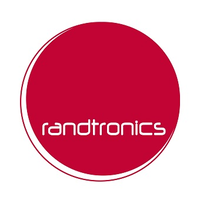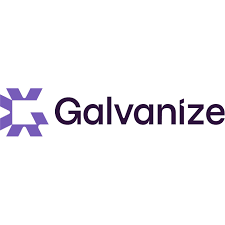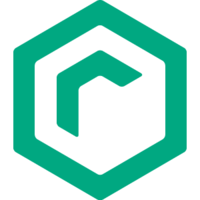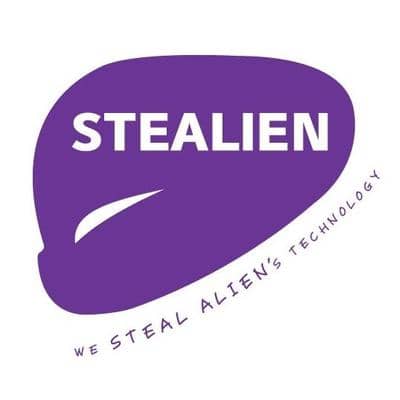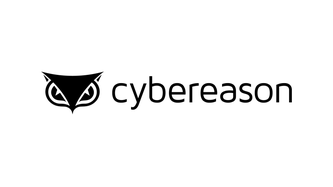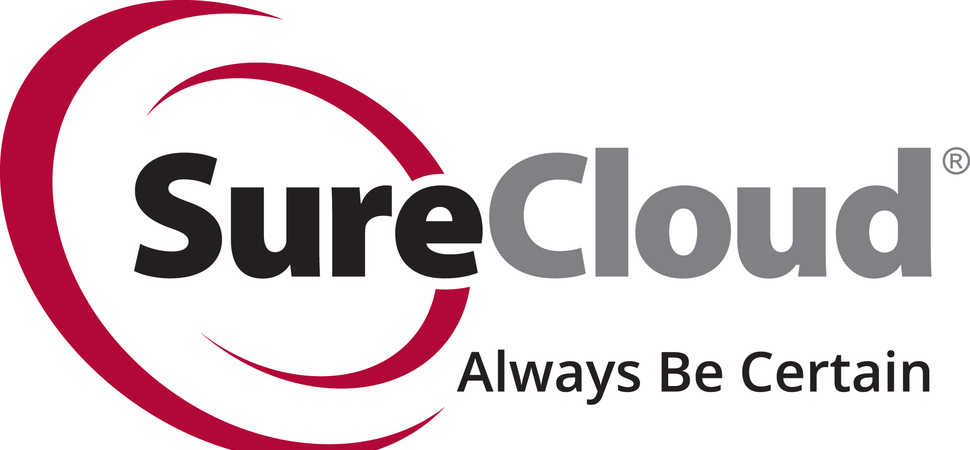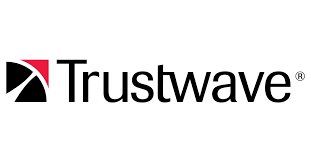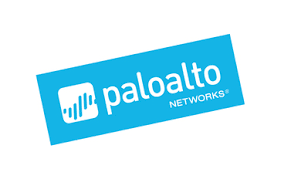
Problems that solves
Aging IT infrastructure
No IT security guidelines
Unauthorized access to corporate IT systems and data
Risk of attacks by hackers
Non-compliant with IT security requirements
Values
Reduce Costs
Ensure Security and Business Continuity
Ensure Compliance
Palo Alto Networks Aperture
Aperture is a cloud-based service that allows you to govern sanctioned SaaS application usage across all users in your organization to prevent the risk of breaches and non-compliance.
About Product
Description
Use of SaaS applications is exploding because software as a service is so easy. But, because of that simplicity, the security risks of SaaS are also on the rise. The use of unsanctioned SaaS apps can expose sensitive data and propagate malware – and even sanctioned SaaS adoption can increase the risk of data exposure, breaches and noncompliance.
By offering advanced data protection and consistency across clouds, Palo Alto Networks reins in the risks. Our products address your cloud access security broker needs and provide advanced capabilities in risk discovery, data loss prevention, user behavior monitoring and advanced threat protection. Now you can maintain compliance while preventing data leaks and business disruption through a fully cloud-delivered CASB deployment.
Risk discovery and deep visibility
Palo Alto Networks provides unparalleled visibility and precise control of all applications, including SaaS as one of the many application categories supported through an extensive library of application signatures. Easy-to-navigate SaaS usage dashboards and detailed reporting help rein in shadow IT risk and get you started on your journey to securing SaaS applications. In addition, discover risks at a much deeper level with an API-based approach that provides complete visibility across all user, folder and file activity, generating detailed analysis that helps you quickly determine if there are any data risk- or compliance-related policy violations.
Data leak prevention and compliance
Define granular, context-aware policy control to drive enforcement as well as quarantine users and data as soon as violations occur. This enables you to quickly and easily satisfy data risk compliance requirements, such as those related to PCI, PII or PHI data, while still maintaining the benefits of cloud-based applications. Aperture can connect directly to enterprise SaaS applications to provide:
- Data classification and monitoring
- Data loss prevention, or DLP, capabilities
- User activity tracking for anomalies
- Known and unknown malware prevention
- Detailed risk and usage reporting
Scheme of work
Competitive products
User features
Roles of Interested Employees
Chief Executive Officer
Chief Information Officer
Chief IT Security Officer
IT Security and Risk Management
Organizational Features
IT Security Department in company

